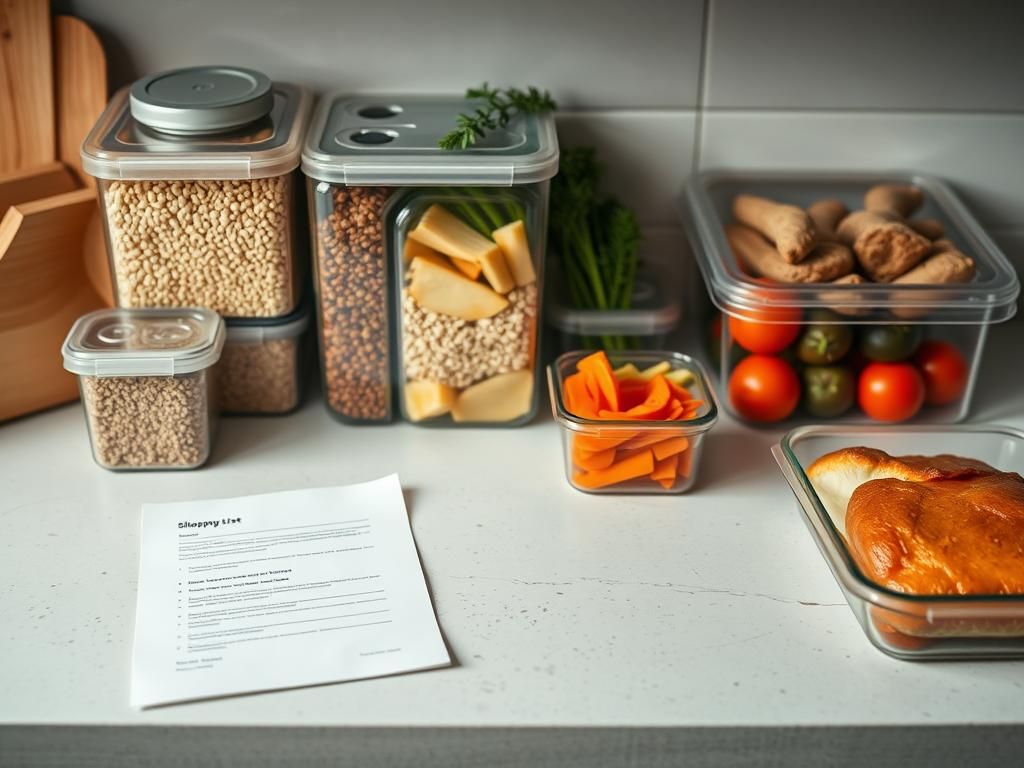
Why plan meals?
Meal planning makes eating healthier easier and less stressful. It reduces impulse choices, saves money, and helps you meet nutrition goals without extra effort.
Getting started
Begin with one week. Choose three breakfasts, four lunches, and five dinners you enjoy. Track time and key ingredients so cooking fits your routine.
Steps to follow
- Set realistic goals: weight, energy, budget.
- Inventory your kitchen: use what you have first.
- Build a flexible plan: swap days without breaking the plan.
- Create a shopping list grouped by aisle.
Sample weekly structure
- Batch-cook one protein (roast chicken, lentils).
- Prepare two grain bases (rice, quinoa).
- Make one big salad and one versatile sauce.
- Mix and match through the week.
Shopping and prep tips
- Shop the perimeter for fresh produce and proteins.
- Buy frozen vegetables for convenience and less waste.
- Prep ingredients in 60–90 minutes on a day off.
- Store portions in clear containers and label them.
Simple meal templates
- Protein + grain + vegetable + sauce.
- Big salad: greens + protein + grain + dressing.
- Soup or stew with a side of whole grain.
Stick to small, repeatable habits. Review your plan weekly and adjust ingredients and timing. Consistency matters more than perfection.
Tags
Life Hack
